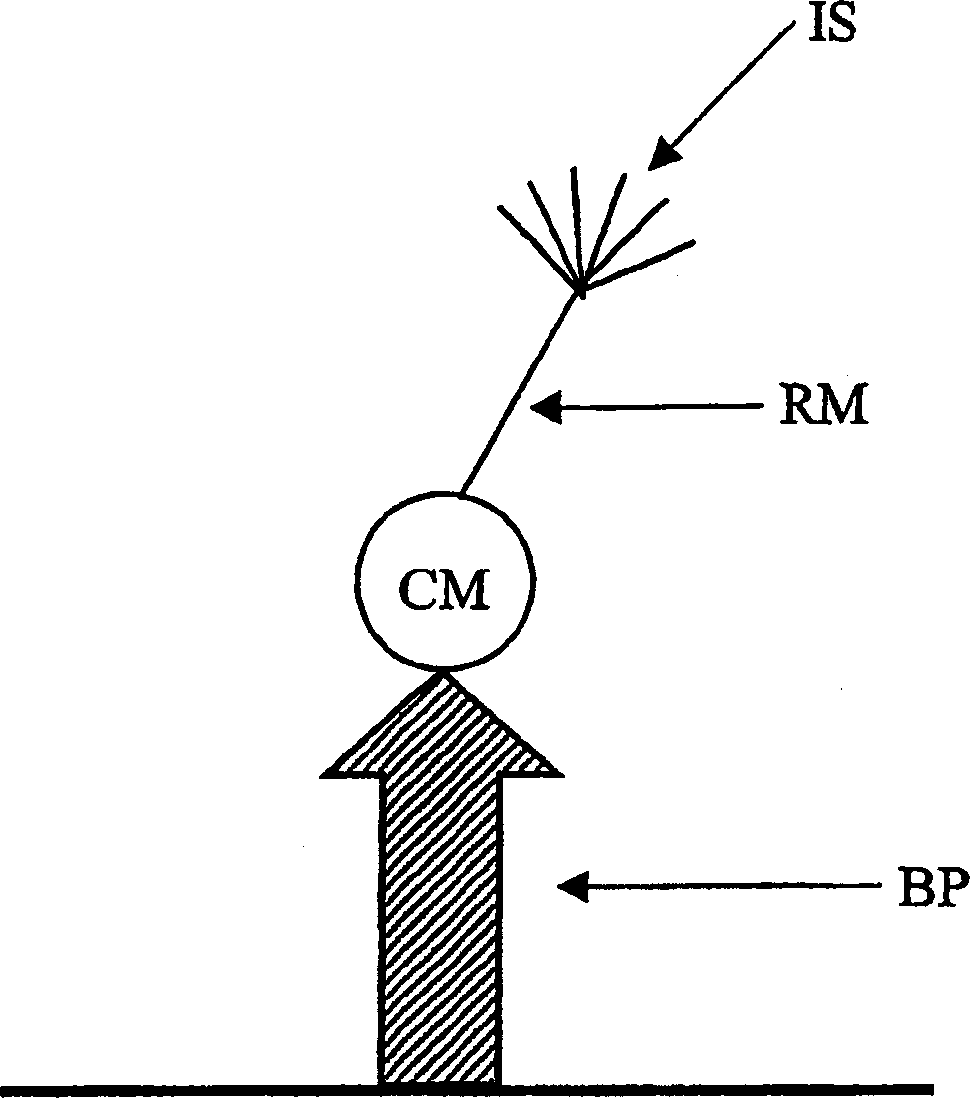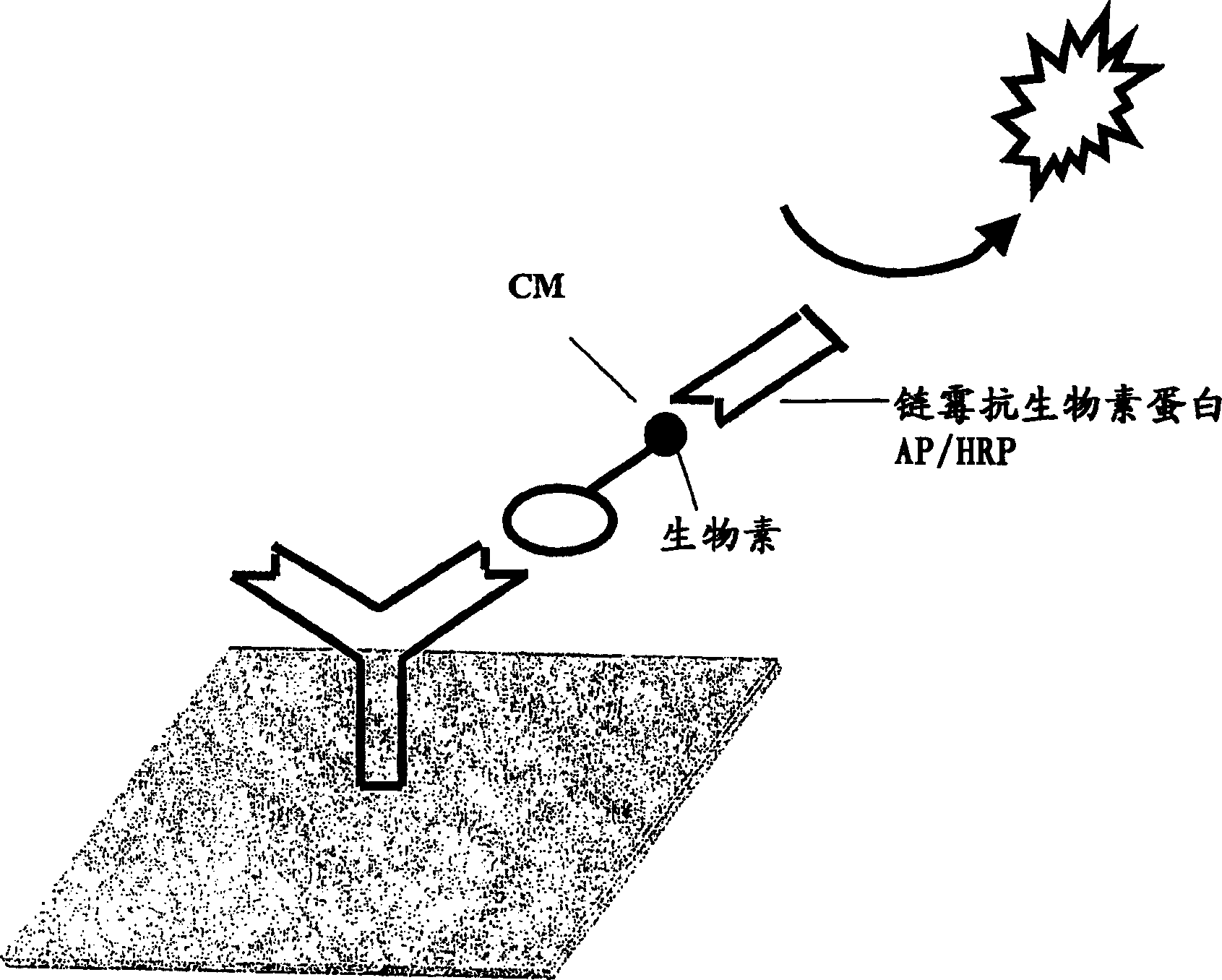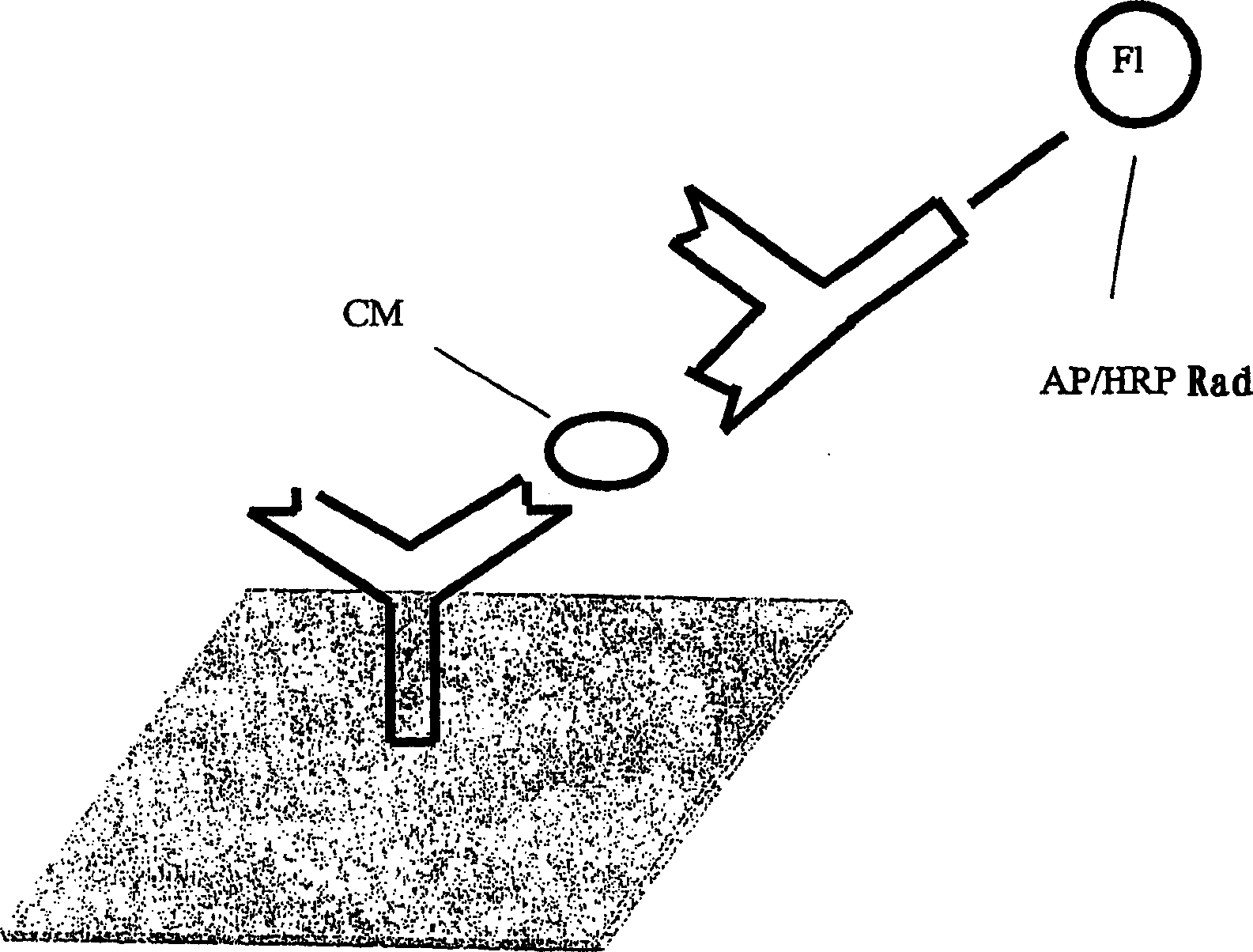Diagnostic assay
A molecular and disease-based technology, applied in the parameter field of prognostic symptom analysis, which can solve problems such as irrelevant scope and lack of clear understanding.
- Summary
- Abstract
- Description
- Claims
- Application Information
AI Technical Summary
Problems solved by technology
Method used
Image
Examples
Embodiment 1
[0402] Early biochemical markers of cardiac disease or event
[0403] Myoglobin, CK-MB, cardiac troponin-T and cardiac troponin-I
[0404] For early markers, the priority is to implement detection as soon as possible in the short term, and markers should be released soon after ACS (including AMI). Even more ideally, early diagnosis of ACS (including AMI) would be with a Point-of-Care device, a small, hand-held device that can be used when a potential ACS (including AMI) patient presents In clinics including hospitals or clinics of general physicians.
[0405] Regarding early markers, myoglobin, total creatine kinase (CK) including creatine kinase CK-MB isoform, cardiac troponin-T (cTn-T) and cardiac troponin-I (cTn-1 ), each exhibits slightly different characteristics based on:
[0406] (1) Whether it specifically targets cardiac tissue;
[0407] (2) The time when the serum level reached its peak;
[0408] (3) The duration of the peak level;
[0409] (4) cli...
Embodiment 2
[0420] Effectiveness assessment of diagnostic equipment performance
[0421] The validity (E) of the diagnostic analysis can be obtained by the following formula:
[0422] E = TP TO × 100
[0423] Among them, TP is a true positive, TO is the total number of experiments, and TO is calculated as follows: TO=TP+FP+FN+TN, where FP is a false positive, FN is a false negative, TN is a true negative, and the value range of E: 0
Embodiment 3
[0425] Estimation of infarct size
[0426] Changes in biochemical markers were determined with autopsy and correlated with infarct size as a function of time. Clearly, the reliability of these algorithms is enhanced if they can be checked in multiple ways.
[0427] Infarct volume is a function of:
[0428] (1) The time span of release of biochemical markers
[0429] (2) Release rate of biochemical markers (f(t));
[0430] (3) The patient's body weight (Bw);
[0431] (4) The ratio of released biochemical markers to body weight (Kw);
[0432] (5) The removal ratio (Ed) of biochemical markers in circulation;
[0433] (6) The amount of markers released by the infarcted myocardium (Kr) divided by the total amount of biochemical markers released.
[0434] Accordingly, infarct size (Is) was determined using the following formula:
[0435] Is = ∫ 0 t ...
PUM
| Property | Measurement | Unit |
|---|---|---|
| molecular weight | aaaaa | aaaaa |
| molecular weight | aaaaa | aaaaa |
| molecular weight | aaaaa | aaaaa |
Abstract
Description
Claims
Application Information
 Login to View More
Login to View More - R&D
- Intellectual Property
- Life Sciences
- Materials
- Tech Scout
- Unparalleled Data Quality
- Higher Quality Content
- 60% Fewer Hallucinations
Browse by: Latest US Patents, China's latest patents, Technical Efficacy Thesaurus, Application Domain, Technology Topic, Popular Technical Reports.
© 2025 PatSnap. All rights reserved.Legal|Privacy policy|Modern Slavery Act Transparency Statement|Sitemap|About US| Contact US: help@patsnap.com



